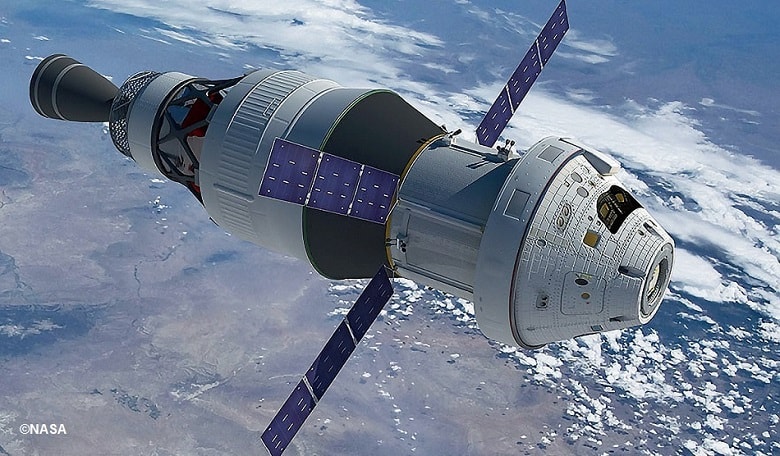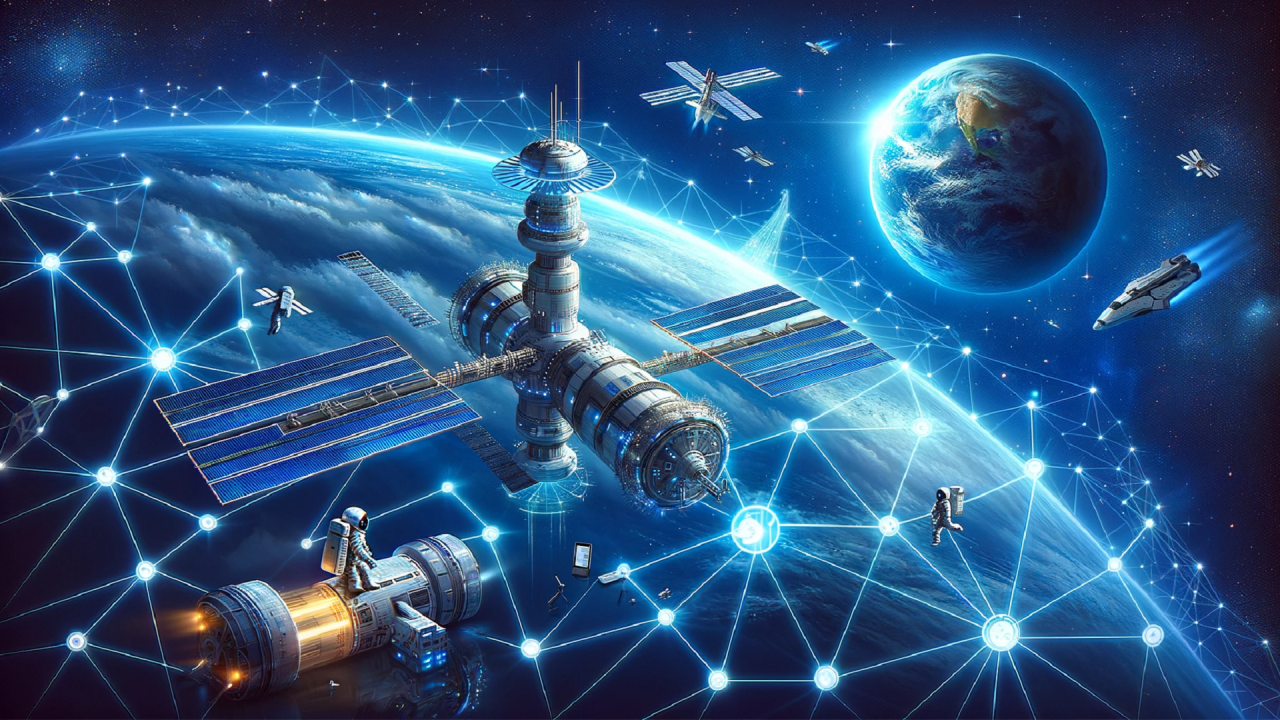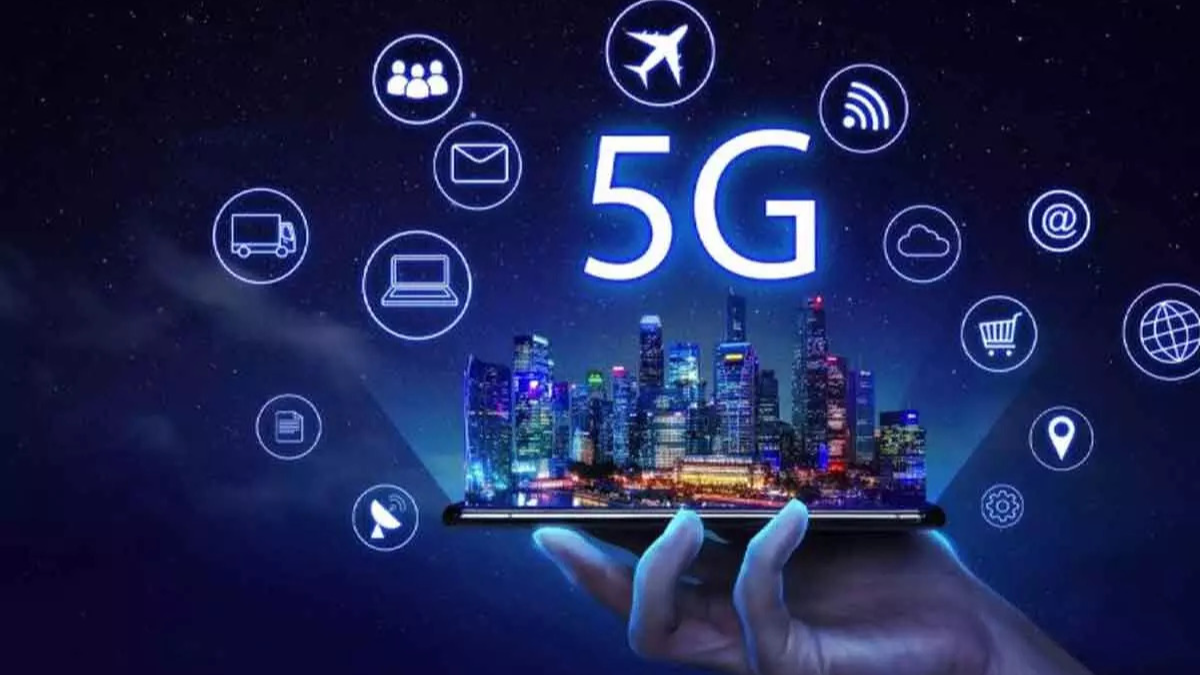Human curiosity and ambition have always led to space exploration, which has advanced technology and deepened our understanding of the cosmos. Thanks to the combined efforts of private businesses and governmental space agencies, we have seen incredible advancements in space exploration and technology in recent years. This article explores the noteworthy advancements in this area, emphasizing important discoveries, cutting-edge innovations, and promising future directions.
1. Commercial Space Travel
The emergence of commercial space travel has been the most obvious and revolutionary shift in space exploration. By cutting costs and improving accessibility, private businesses like Virgin Galactic, SpaceX, and Blue Origin have completely transformed the sector. Reusable rockets from SpaceX, such the Falcon 9, have significantly reduced the cost of launching cargo into orbit. This advancement promises to open the door for more frequent expeditions and possibly even human settlement of other planets, in addition to making space more accessible.
Jeff Bezos launched Blue Origin with the goal of providing space travel to the general people. The company has concentrated on suborbital flights using its New Shepard rocket. Similar objectives are pursued by Richard Branson’s Virgin Galactic, which offers paying clients brief, weightless experiences. These initiatives represent the start of a new era in which space is becoming a thriving market for private businesses as well as the province of governments.

2. Advancements in Rocket Technology
Recent years have seen unheard-of breakthroughs in rocket technology. The development of the Starship rocket by SpaceX is a noteworthy advancement. Starship is a fully reusable spacecraft planned for deep-space missions that can transport heavy cargo, including crewed voyages to Mars. Reusability is prioritized in an effort to lower costs and boost space mission frequency, which will increase the viability of interplanetary travel.
Another significant development is NASA’s Space Launch System (SLS), which is intended to be the most potent rocket ever constructed. It is designed to support crewed flights to Mars as well as expeditions to the Moon and beyond. With the use of the SLS, NASA is demonstrating its commitment to sending people back to the Moon and maintaining a long-term presence there with the Artemis mission.
3. Deep Space Exploration
New missions and technologies have brought about substantial advancements in deep space exploration. Launched in December 2021, the James Webb Space Telescope (JWST) is a ground-breaking instrument that increases our capacity to view far-off galaxies, exoplanets, and cosmic phenomena. Because of its sophisticated infrared capabilities, it can see farther into the past of the cosmos than it has in the past, providing information on the development of stars, galaxies, and possibly habitable worlds.
NASA’s Mars 2020 mission’s Perseverance rover has garnered media attention for its surface investigation of the planet. Outfitted with cutting-edge scientific gear, Perseverance’s objective is to gather samples for upcoming return trips and look for indications of past life. Its arrival in Jezero Crater and any further findings are anticipated to yield important insights into the geology and possible presence of ancient microbial life on Mars.
4. Satellite Technology and Space Infrastructure
The development of satellite technology has significantly impacted many facets of contemporary life, including communication and climate monitoring. The deployment of constellations of Low Earth Orbit (LEO) satellites, such as those by SpaceX’s Starlink and OneWeb, holds the potential to deliver high-speed internet connectivity around the globe. By putting thousands of tiny satellites into space, these constellations build a mesh network that greatly enhances connectivity in rural and underserved areas.
In addition, as space stations and habitats are developed, space infrastructure is changing. A key component of international cooperation in space has been the International Space Station (ISS). But currently, private businesses are attempting to construct commercial space stations; one such project is Axiom Space’s proposal to establish a private orbital platform. These advancements may open up new avenues for space travel, manufacturing, and research.

5. In-Situ Resource Utilization
As space exploration strives toward sustainability, the idea of in-situ resource use (ISRU) is becoming more and more significant. Using local resources instead of transporting everything from Earth is part of ISRU. NASA’s Artemis program, for example, intends to use lunar ice to create fuel, oxygen, and water on the moon. This method lessens the need to carry these necessities from Earth, increasing the viability of long-term lunar expeditions and possible colonization.
The development of technologies for mining asteroids and other celestial bodies is also in progress. Beneficial resources like rare Earth metals and minerals may be made available by these methods. Extracting and processing these resources in orbit has the potential to transform resource management and pave the way for additional space exploration.
6. Artificial Intelligence and Robotics
Robotics and artificial intelligence (AI) are becoming more and more important in space exploration. Large volumes of data gathered from space missions are processed using AI to facilitate more effective analysis and decision-making. AI algorithms, for example, are used by NASA’s Curiosity rover to travel the Martian surface and make conclusions regarding its scientific observations on its own.
Along with substantial advancements in robotics, new designs for rovers, landers, and space missions have been made. The advancement of intelligent and versatile robotics expands our capacity to investigate inhospitable settings, including the surface of Mars or the frozen moons of Jupiter and Saturn. The range of exploration can be increased by using robotic missions to do activities that are too risky or complicated for human astronauts.
7. Future Prospects
The prospects for space exploration are bright. There are plans to create lunar outposts, send crews on voyages to Mars, and explore other celestial worlds. Technological developments in propulsion, such nuclear thermal and electric propulsion, have the potential to significantly shorten the time it takes to reach far-off planets, increasing the viability of interplanetary exploration.
International cooperation is also anticipated to be crucial for upcoming space missions. More ambitious and far-reaching projects could result from collaborative efforts between space agencies, commercial businesses, and international organizations. In order to guarantee that the advantages of space exploration are distributed worldwide, it will be imperative to pursue a sustainable and inclusive strategy to space exploration.










Leave a Reply